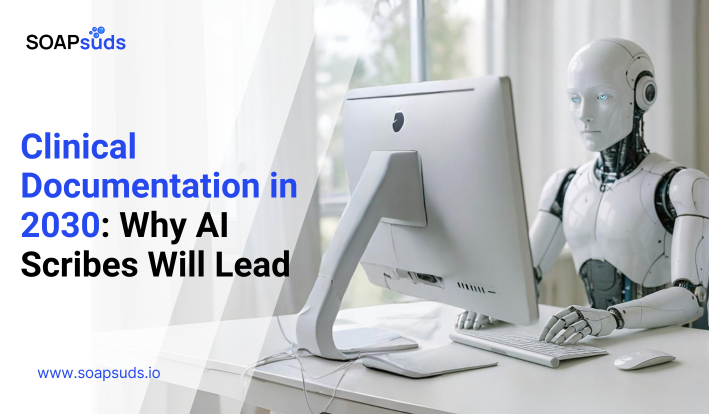Redefining Patient Safety in Healthcare with AI Scribes
SOAPsuds team
Published: 2/7/2025
SOAPsuds team
Published: 2/7/2025

Healthcare scheduling goes beyond simple planning; it’s the backbone of running organized, well-supported teams

By 2030, clinical documentation in healthcare will rely heavily on AI systems, faster data exchange,

Do you often find yourself juggling between different applications, copying patient details, or repeating the...

The COVID-19 pandemic highlighted significant gaps in the healthcare sector, placing unprecedented pressure on healthcare...
.png&w=750&q=75)
Documentation continues to take a large portion of a nurse’s shift, with research showing that

As a healthcare provider in the United States, knowing the International Classification of Diseases...
Clinical Notes
SOAP notes
DAP notes
AI medical notes